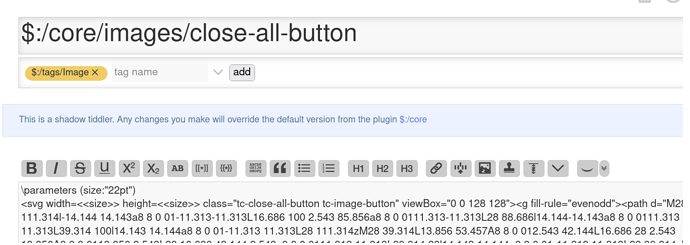Substituted Attribute Values shows several ways to perform string substitution in attribute values. But I can’t find a way to invoke a macro, procedure, or function from within one. Is this available? Obviously that callable would have to return plain text if this is to be useful, but when it does, can I do so?
In another thread, I’m discussing creating dynamic SVGs. One of the chief actions involved is dynamically setting the fill and stroke colors for various nodes. And while I might have – as I typed the last sentence! – thought of an alternative way to solve this problem, I had been thinking that I would like to call out to some procedure, function, or macro to fetch the color part of an attribute value. I haven’t been able to find a way, and I don’t know if it’s just because I haven’t stumbled onto the correct syntax, or because it’s simply not possible. Any hints?


